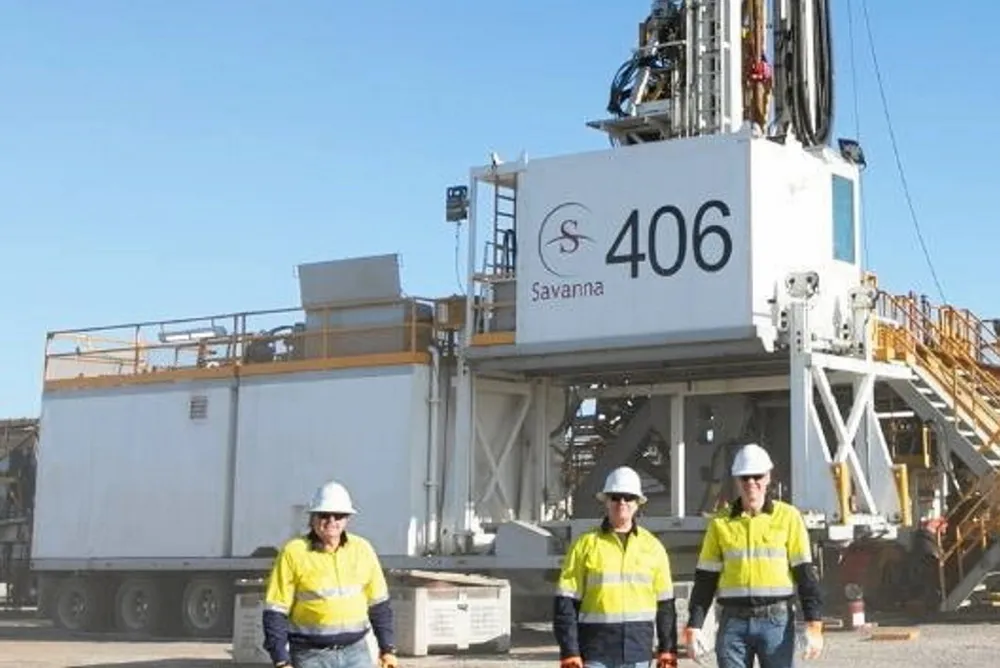Natural hydrogen detected at Australia's second exploration well, pointing to 'likely' underground accumulation
Ramsay 2 is about 500 metres away from first drill site, where 'significant concentrations' of naturally occuring H2 were found last month
